Parents with animal-loving, knowledge-craving children may find it fun to go through the alphabet and list animals that start with each letter.
It’s an excellent way of helping your child memorize the alphabet and learn more about animals.
However, parents may find that they run out of new animals to teach their children about.
75 Animals That Start With U
1. Urochordata

Urochordata is the scientific name of the sea squirt.
These simple sea creatures have two siphons that allow water to enter and exit.
Water is filtered for microorganisms, which the urochordata then absorbs.
Urochordata start life as larvae with tails, but they lose their tails and ability to swim once they attach to a surface and begin eating.
2. Upland Chorus Frog
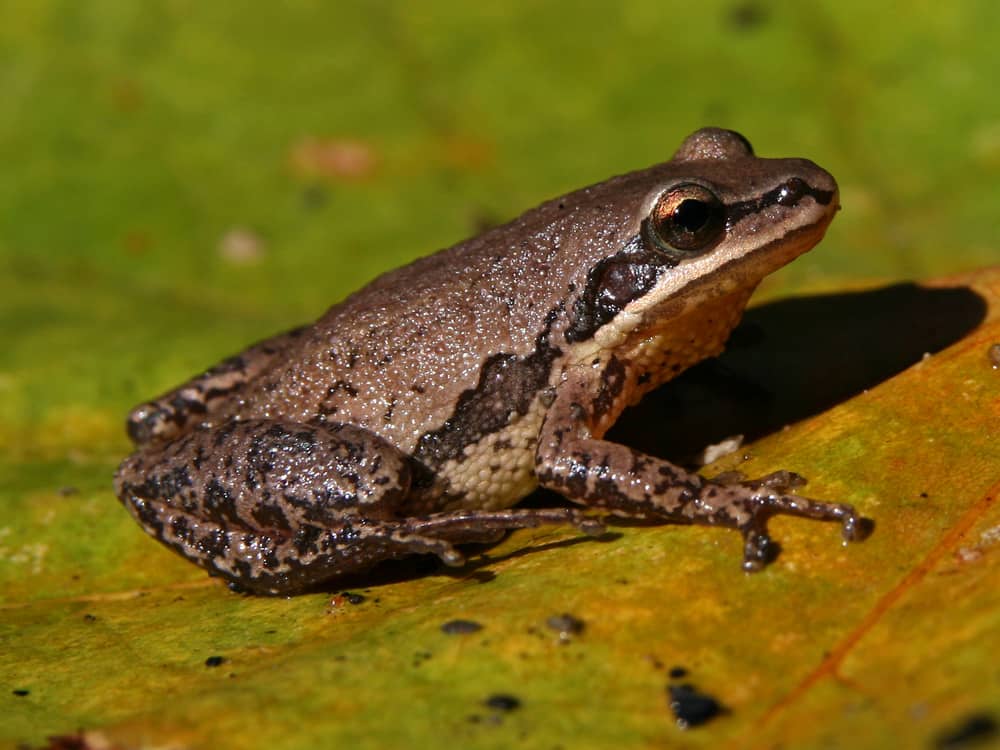
The upland chorus frog can be found all over the United States in swampy valleys, moist woodland, and ponds with plenty of vegetation.
These tiny frogs range from 0.7 inches to 1.4 inches.
These frogs are used to test the health of their local ecosystem.
They are also incredibly sensitive to pollutants, making them great for controlling the population of pesky bugs.
3. Útila Spiny Tailed Iguana
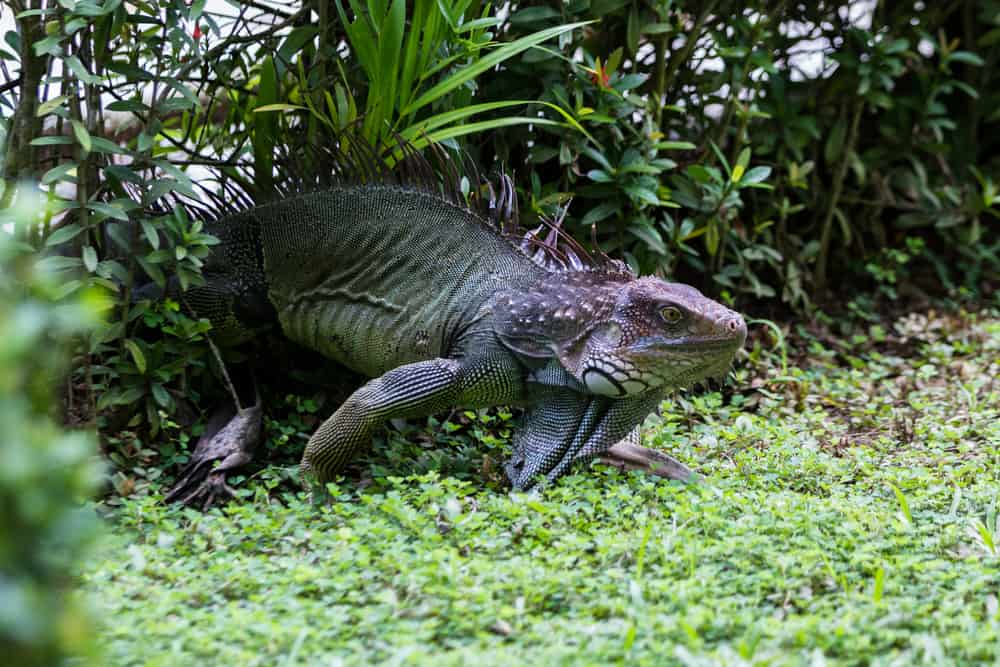
The Útila spiny tailed iguana is a critically endangered reptile from Útila Island, Honduras.
Although the exact number of these iguanas is unknown, it has been estimated that there are fewer than 7,500 Útila spiny tailed iguanas left.
These lizards have lost their homes to the private and commercial development that has started on the island.
The higher human population brought more dogs, causing the population to drop further.
4. Urocyon Cinereoargenteus
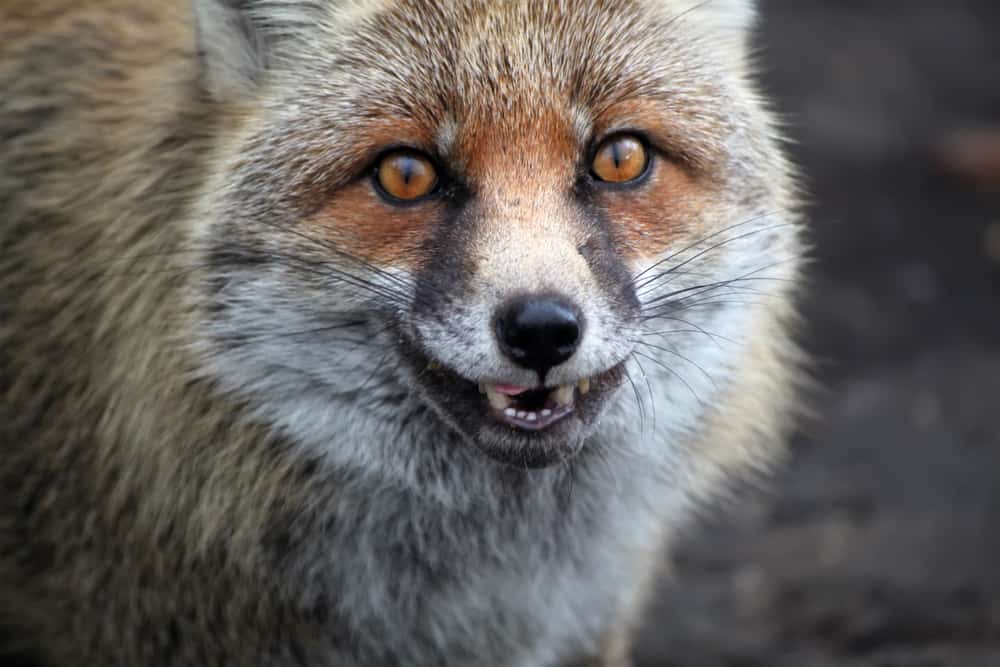
You may call this animal a gray fox, but scientists could refer to them as the urocyon cinereoargenteus.
The urocyon cinereoargenteus loves their rocky canyon homes, but you may also find them in wooded areas, open deserts, and grasslands.
These strange creatures will bury any food they aren’t able to finish and then urinate on the spot in order to mark it as their own.
5. Uncas Skipper

The Uncas Skipper is a butterfly that prefers short-grass prairies and can be found anywhere from California to Minnesota.
Males are known to wait at the top of small hills and mesas for breeding females.
The females will lay their eggs on blue grama grass and needlegrass.
6. Upland Bully

The Upland bully is a small, rare fish from Styx River in New Zealand.
Normally, these fish are about three inches in length, but you will occasionally see these fish grow up to 4.4 inches.
These fish prefer to live on their own and to stay near where they were born.
While many other fish from New Zealand will go out to sea at some point in their lives, the upland bully stays in the Styx River and near the shores of South Island.
7. Utah Milk Snake
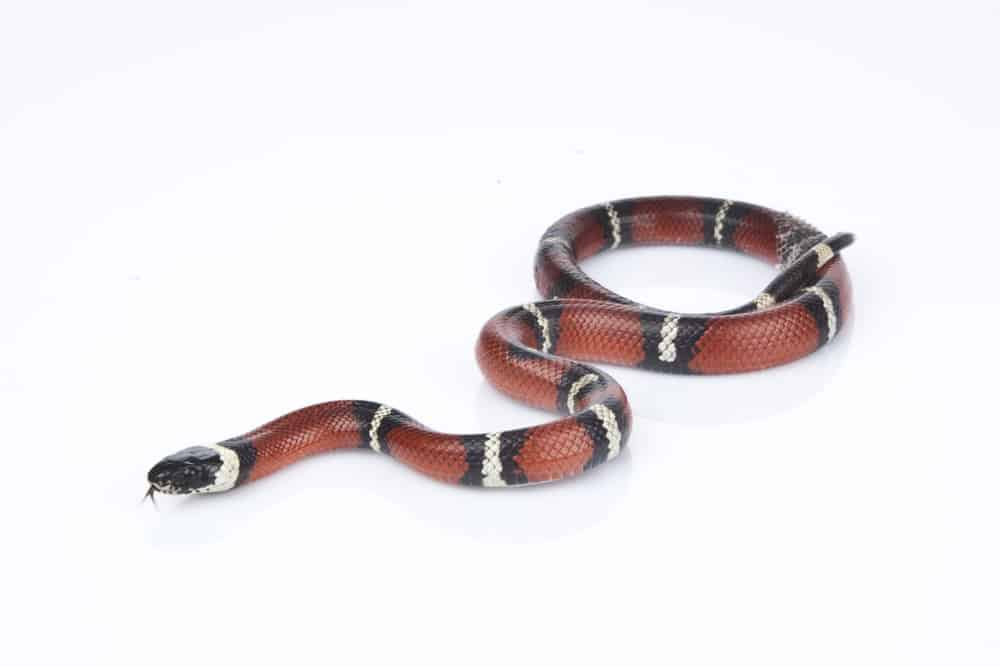
Utah milk snakes are nocturnal hunters that like to go after lizards, rodents, and any eggs they can find while slithering along the ground.
These snakes can be found in many different environments, such as forests, grasslands, and even the desert.
The more humid their environment, the faster these snakes have been seen to move.
Those who are looking for the Utah milk snake will want to check before and after nighttime thunderstorms.
8. Unicornfish

The Unicornfish may not be as magical as the mythical creature, but they do share the trait of a singular horn popping out of their forehead.
These tropical fish can be found in the Indian and Pacific Oceans, with two species of unicornfish having been found around Hawaii.
However, the sleek unicornfish lacks the namesake horn.
9. Utah Blind Snake

Utah blind snakes, also known as western blind snakes, are often mistaken for worms when in the wild.
These snakes lack visible eyes, and it is rare for them to even reach 10 inches long.
Although they may look like they have no eyes, their eyes are actually behind their thin scales.
Their eyes look more like darkly colored scales than eyes.
10. Ursus Arctos
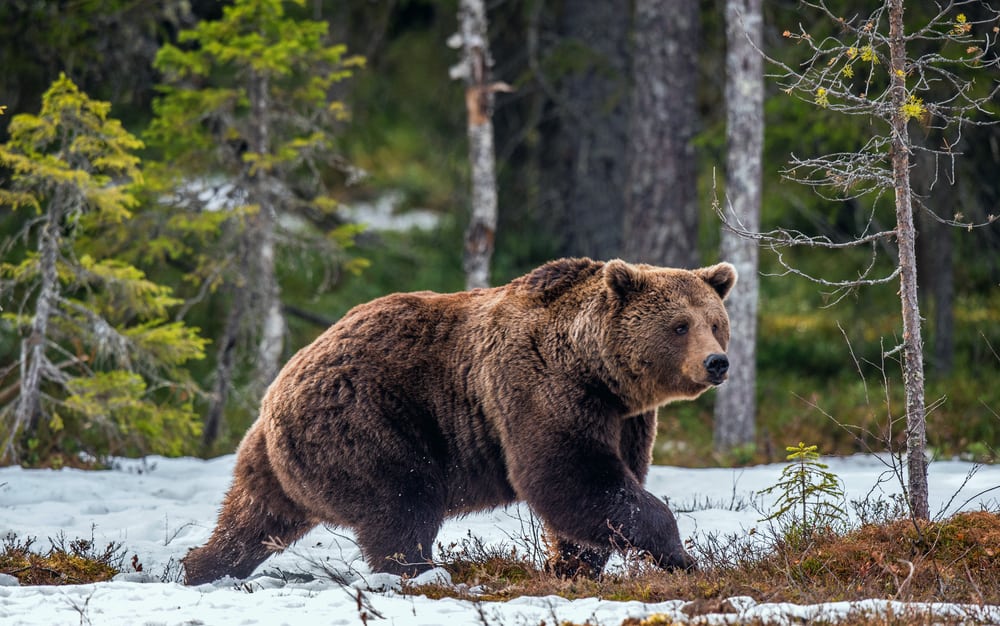
The ursus arctos, better known as the brown bear, is a massive mammal that can reach weights of up to 815 pounds.
Despite their heavy weight, these bears are able to run 31 miles per hour for short distances.
Urus actos live on their own until mating season.
When the cubs are born, they are naked and blind.
11. Urva

Urvas is a genus of mongoose that lives all over Asia.
There are nine different species that fall under this classification, including the collared, Indian brown, short-tailed, ruddy, crab-eating, small Indian, Javan, and the Indian gray mongoose.
The Javan mongoose is able to make its hair stand on end to make itself appear twice its actual size.
This helps it ward off some of its venomous predators.
12. Urchin
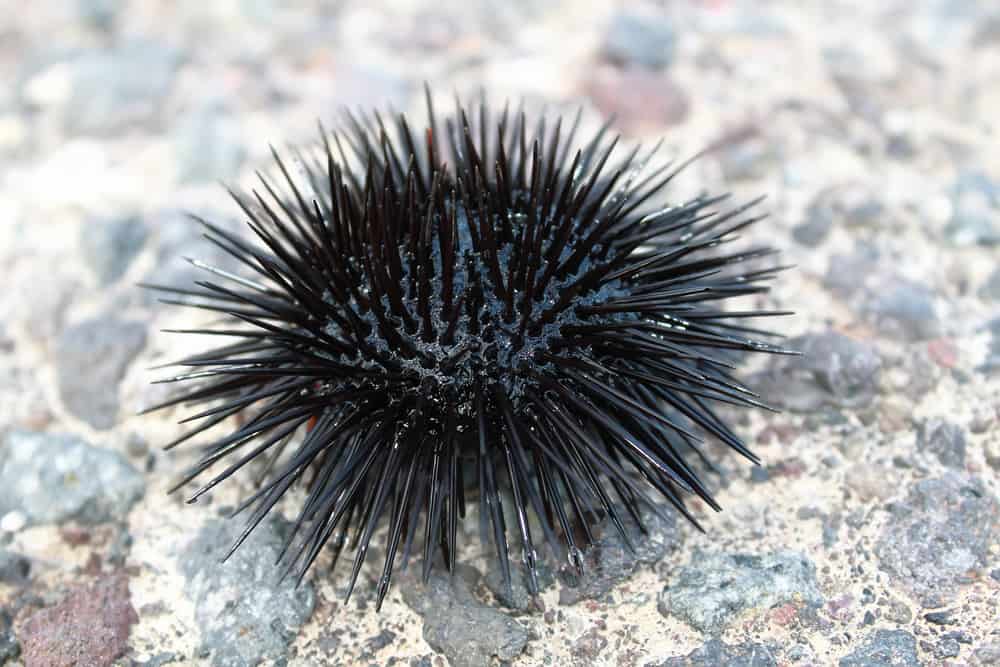
Urchins are some of the oddest creatures in the ocean.
When fish and other foes swim above the urchin, they will point their spines in their direction.
Using their spines, they are able to walk about one to two inches per minute.
Urchins seek out algae, sponges, dead animals, and even other dead urchins to eat.
13. Ursus Tibetanus
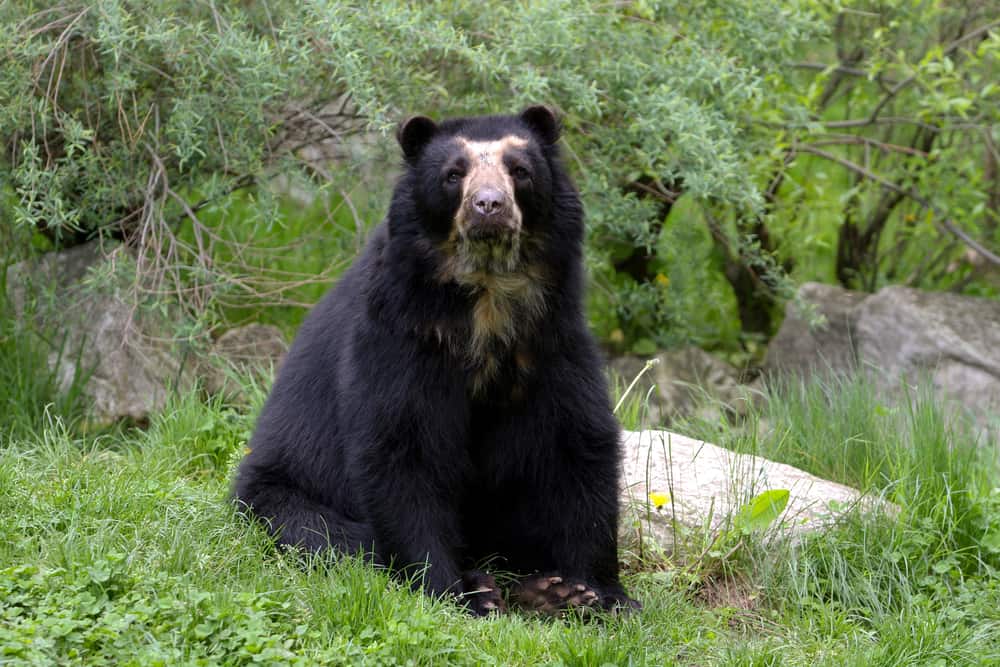
The ursus tibetanus is another name for the Asiatic black bear.
These bears are smaller than most other bears, with the males weighing a maximum of 440 pounds and females weighing a maximum of 275 pounds.
You may find these black bears in the forested areas of southern Asia, all the way from Afghanistan to the Japanese islands of Shikoku and Honshu.
14. Upland Pipit

The upland pipit is one of the larger pipits.
Although they are often mistaken for a Richard’s pipit and Blyth’s pipit, they have paler brows and more streaks than the other pipit species.
They also have smaller, more compact beaks.
Upland pipits spend their springs and summers at lower altitudes, but they return to the mountains during the winter.
15. Unicorn Sole
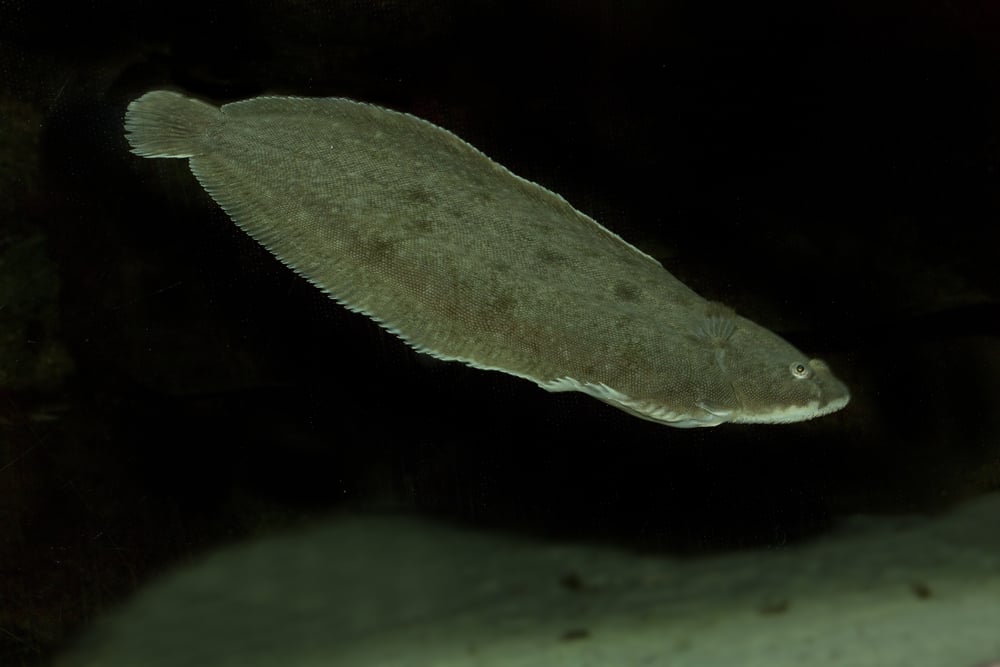
The unicorn sole was named after the fact that it is shaped like the bottom of a shoe.
These fish like to hide in the sand and eat fish, benthic, and other small sea creatures.
To mate, the unicorn sole returns to the shallow waters where it hatched.
A single female is able to produce one to three million eggs in her life and doesn’t slow down breeding until she reaches 10 years of age.
16. Uroplatus Phantasticus

The uroplatus phantasticus is the scientific name for the satanic leaf-tailed gecko, but these geckos aren’t as bad as their name makes them seem.
They’re actually masters of disguise, looking nearly identical to a red autumn leaf.
The satanic leaf-tailed gecko uses its camouflage to hide from both prey and predators.
These devilish lizards will eat any creature they can fit into their mouths, including crickets, cockroaches, snails, and spiders.
17. Uluguru Violet-Backed Sunbird

The uluguru violet-backed sunbird is smaller than most other sunbirds.
This bird is located in only a few areas along the coasts of Mozambique, Tanzania, and Kenya.
Females have a yellow tint to them, but males are browner.
Instead, they have small blue markings on their wings.
18. Union Jack Butterfly

Union Jack butterflies get their names from their coloration, which is similar to the British flag.
These butterflies originated in Australia, but they have since spread to Indonesia, Papua New Guinea, and even Japan.
The union jack butterfly can be found in marshy areas, like swampland, rainforests, and mangroves.
Their caterpillars are only able to eat mistletoe plants and these are the only plants that the Union Jack butterfly will lay their eggs on.
19. Ulysses Butterfly

The Ulysses butterfly is one of the most strikingly beautiful butterflies you’ll find in the wilds of Australia.
These butterflies are incredibly skittish and elusive, making them hard to spot in nature.
Their bright color easily attracts the eyes of predators, so they have to fly in fast, erratic patterns.
While they are still caterpillars, they’re green.
This helps their young hide from predators.
20. Ucayali Spiny Mouse
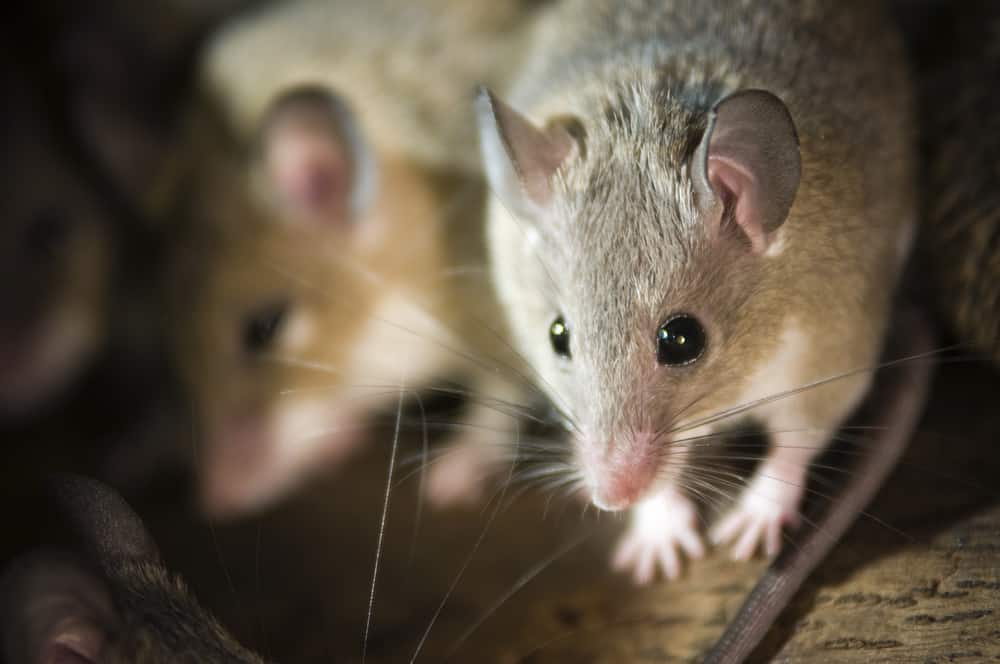
Ucayali spiny mice are small rodents from Brazil, Colombia, Ecuador, and Peru that hide inside the Amazon rainforest and neighboring areas.
Like other spiny mice, the Ucayali spiny mouse has a self-defense tactic unlike any other animal.
When they are trapped in a tight space or in the grasp of a predator, this rodent will shed its own skin and run off.
21. Uganda Kob

Uganda kobs are a type of antelope that grow to be three to 3.3 feet in height and can weigh anywhere from 139 to 207 pounds.
They can be found in Kenya, Senegal, West Africa, and East Africa.
To warn other animals of when they enter the kob’s territory, the males will begin to whistle.
Uganda kobs will breed year-round, with gestation lasting eight months.
22. Unspotted Saw-Whet Owl
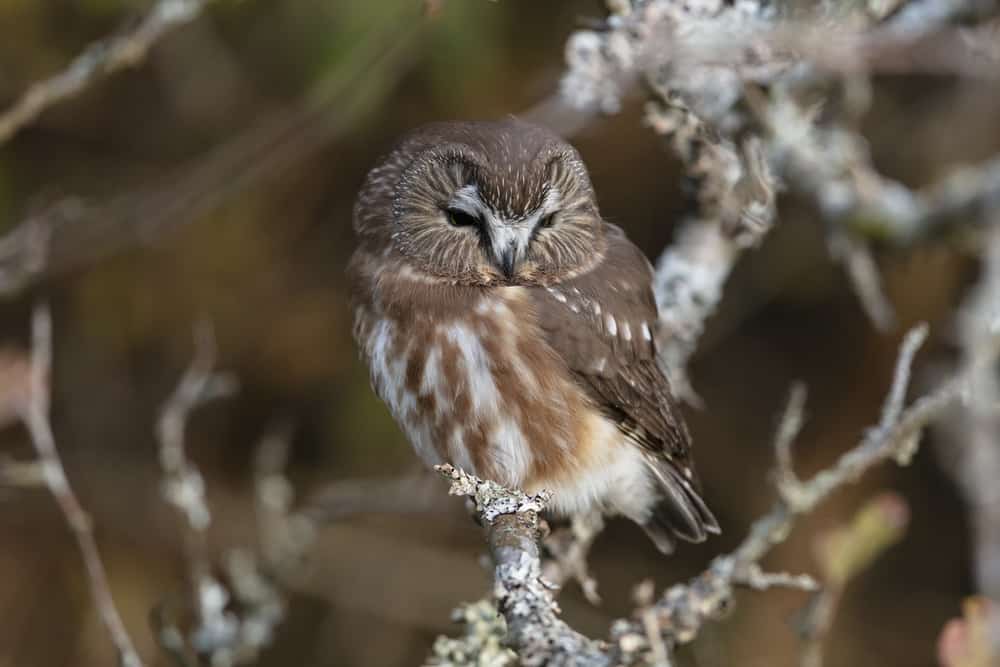
Unspotted saw-whet owls are small and incredibly unsocial birds of prey that can be found in Central America.
These owls will eat anything they can capture like bats, frogs, insects, birds, small rodents, and shrews.
The unspotted saw-whet owl only breed during the month of March and will have five to six eggs each time.
Their nests are often in tree cavities above tree canopies.
23. Unicorn Icefish

This odd-looking fish was first described in 1844 by Sir John Richardson.
These omnivorous fish eat both algae and other fish, like the mackerel icefish and the harpagifer.
In the wild, the unicorn icefish have to watch out for only the black-browed albatross.
However, they occasionally can be found in the stomachs of the gentoo penguins on Marion Island.
24. Ultimate Shrew

The ultimate shrew is an incredibly elusive creature that can’t be found by researchers in order to give an accurate population size estimate.
These shrews were named by Guy Dollman in 1915.
Ultimate shrews need to eat constantly due to their hyperactive metabolism.
They mostly munch on insects, but their favorite food is earthworms.
25. Uria
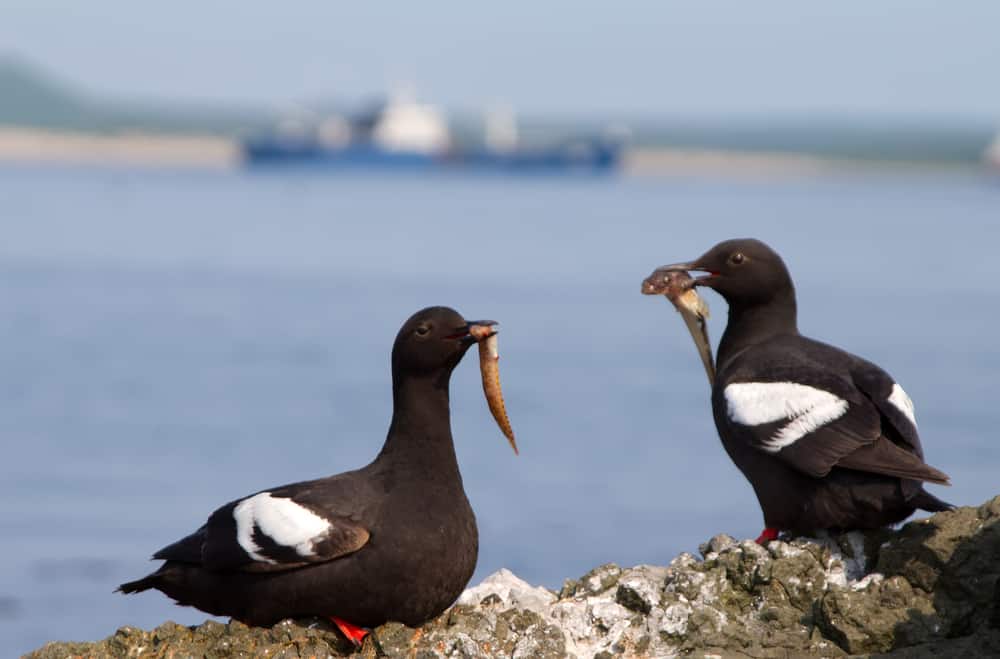
Uria is a genus of black and white seabirds that can be found in North America and Newfoundland.
During breeding season, both uria species can be found at the coast of the Pacific and northern Atlantic Oceans.
Their feather coloration changes during breeding season to have more black and dark brown plumage.
26. Unalaska Collared Lemming
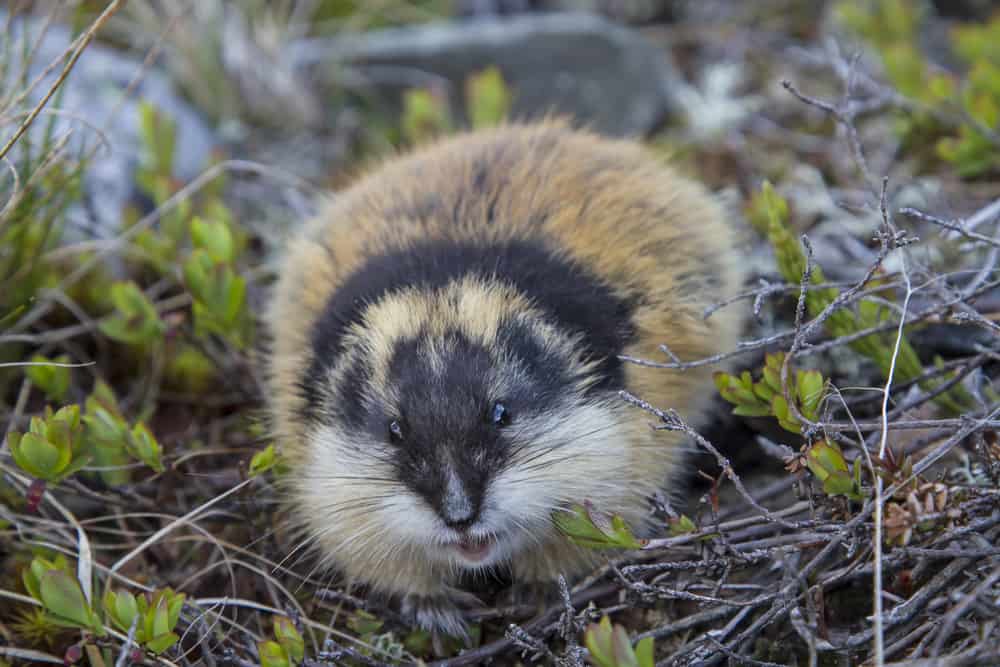
The unalaska collared lemming is one of eight species of collared lemmings.
They’re herbivores that eat plants, roots, lichen, berries, and seeds.
Lemmings are known to burrow in the winter, which gives them exclusive access to plants that have been buried in the winter’s snow.
Unalaska collared lemmings tend to live alone and stay in the same area to burrow and forage in.
27. Unicolored Tree Rat
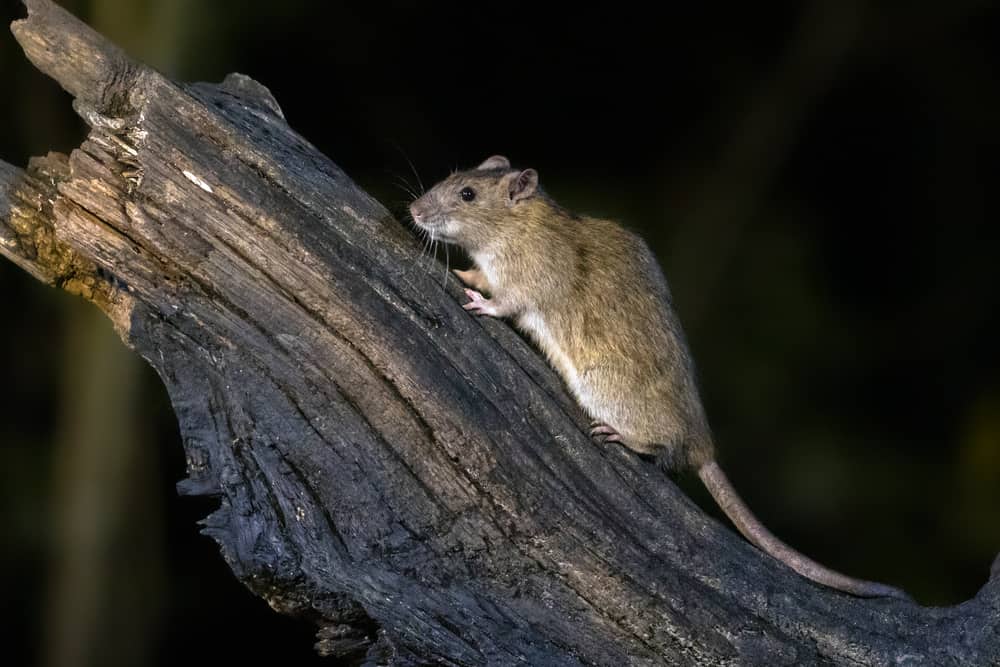
The unicolored tree rat was originally discovered in Brazil in 1842, but was only recorded one time.
They were thought to be extinct shortly after their discovery, but they were rediscovered in 2004.
There has been insufficient data on their population since then, and many assume that the unicolored tree rat is now extinct, but others claim that it is simply critically endangered.
28. Utah Prairie Dog

Utah prairie dogs are small, adorable rodents that can only be found in North America.
Due to the limited range the animal has and human settlements and farms popping up, the Utah prairie dog has become endangered.
When these prairie dogs are fully grown, they are about 12 to 14 inches in length.
29. Ussuri White-Toothed Shrew

Ussuri white-toothed shrews are small rodents that can be found in China, Russia, and the Korean Peninsula. They are the largest species of shrew in their range.
You can easily find these shrews burrowing underground.
Shrews have odor-emitting glands that make them smell so bad that predators don’t want to eat them.
Although there are some venomous shrews, the Ussuri white-tooth shrew must rely on its odor alone.
30. Ukrainian Riding Horse
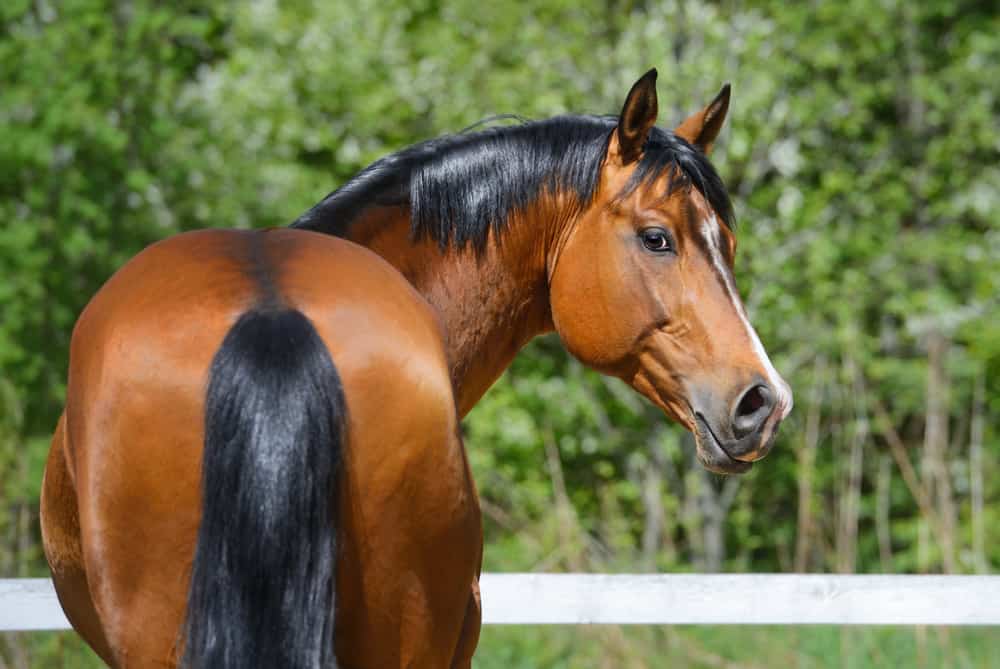
Ukrainian riding horses are some of the best tempered and smartest horses that you can find.
They’re known for being just as calm and friendly as they are trainable and intelligent.
On average, these massive horses weigh about 1,000 pounds.
This incredibly versatile breed is able to do everything from harnessing to racing and dressage.
31. Ural Field Mouse

The Ural field mouse, also called the pygmy field mouse, is a small rodent that can be found in Poland, Mongolia, Hungary, Kazakhstan, Austria, Croatia, Turkey, Belarus, Armenia, Bulgaria, and many other nearby countries.
A group of Ural field mice is called a nest, harvest, horde, or mischief.
The females are referred to as does and males are called bucks.
32. Unexpected Cotton Rat

The unexpected cotton rat lives in the mountains of Ecuador and “cotton” in their name refers to their favorite material to make nests out of.
Due to their cotton-stealing ways, they are deemed pests by cotton farmers.
Humans’ expansion into their territory and farmers in the area have led to this species of rat becoming vulnerable to extinction.
33. Underwing Moth
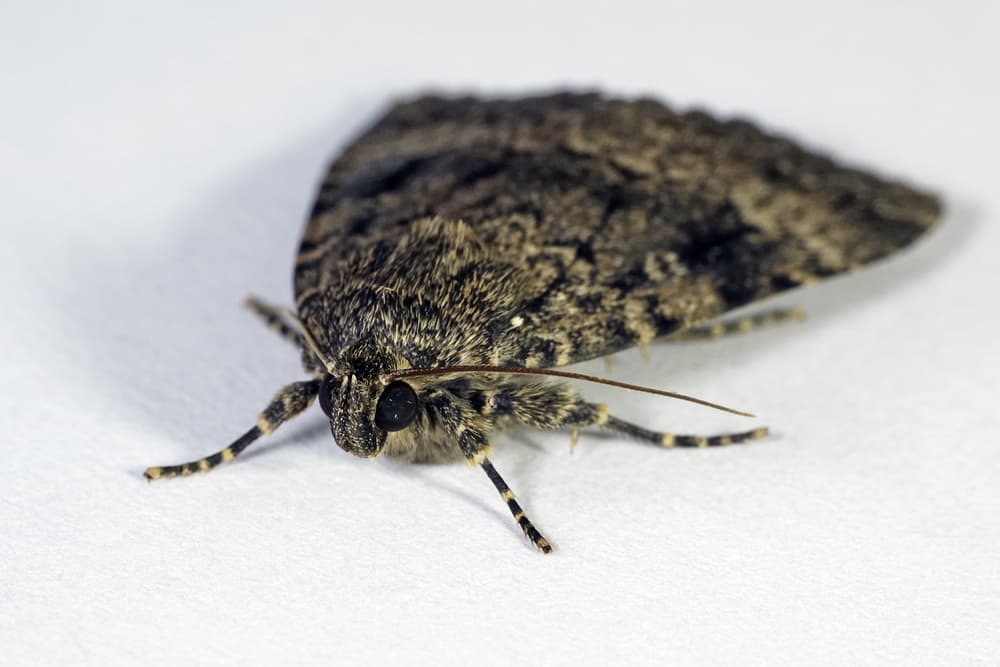
Underwing moths are best known for their uncanny camouflage.
These moths look exactly like bark on a tree, which allows them to rest hidden from predators.
Underwing moths love the sap that comes from the trees they mimic.
Those looking to attract these bugs can try creating a mixture of brown sugar, fermented fruit, and beer.
34. Underwood’s Bonneted Bat

The Underwood’s bonneted bat is a large bat with massive wings that can help it reach speeds of nearly 27 miles per hour.
This bat can be found in some parts of the United States, Mexico, Costa Rica, Belize, El Salvador, Honduras, Guatemala, and Nicaragua.
35. Unadorned Rock Wallaby
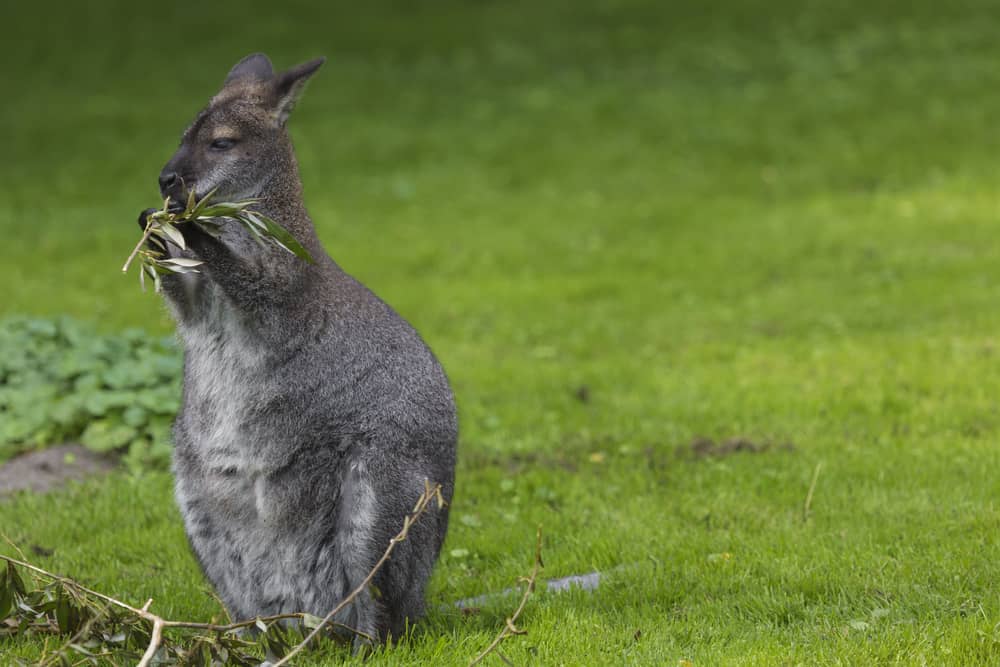
Unadorned rock-wallabies are one of 16 different species and can be found all over mainland Australia.
However, recent reports have placed them on the nearby islands as well.
As the name suggests, the unadorned rock-wallaby lives in boulder fields and rocky slopes.
They may also be seen in nearby forests and coastal shrublands.
36. Uinta Chipmunk

Uinta chipmunks can only be found in eight out of the 50 United States: Arizona, California, Utah, Nevada, Colorado, Montana, Wyoming, and Idaho.
he chipmunks prefer forests with elevations as high as 3,400 m, making homes in the cavities of the tall trees.
Unlike other chipmunks, the Uinta chipmunks don’t hibernate and instead store massive amounts of food in their dens for the winter months.
37. Unenlagia
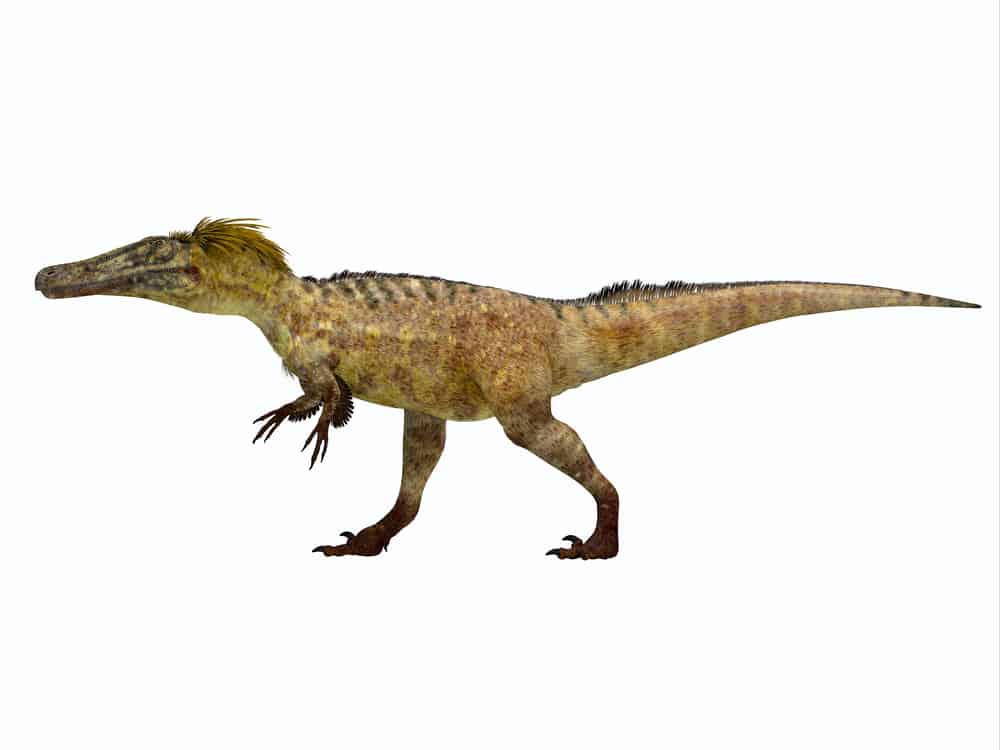
The unenlagia is a carnivorous scavenger that was alive during the Late Cretaceous period.
These dinosaurs were 6.6 feet in length and 3.3 feet tall, presumed to weigh an average of 50 pounds.
Unenlagia are related to buitreraptors and rahonavis, but they are also seen as the most bird-like dinosaurs of all.
Although they wouldn’t have been able to fly, they would have more likely glided through the air from higher places.
38. Utonagan

Utonagans are a rare breed of dog that combines three major breeds: the German Shepherd, the Alaskan Malamute, and the Siberian Husky.
These dogs are desired for their thick coats, strong bodies, and family-friendly personalities.
The first person to raise the breed was Edwina Harrison in 1987, who named the dog after the word for “spirit of wolf” in the language of the Chinook Native Americans.
39. Urial

Urials are a species of wild sheep that resembles mountain goats more than sheep.
On average, they weigh 198 pounds and can grow to nearly three feet tall.
The easiest way to tell males from females is that males have larger horns than the females.
These social animals stay in herds and spend their days grazing on the grasses of South and Central Asia.
40. Uakari

Uakari are the South American primates best known for their lush fur and bald, red faces.
Breeding uakari choose their mates based on the brightness of their faces.
Sick uakari will have paler faces and will normally be ignored during breeding season.
These primates are incredibly social animals that live in groups called troops, which can have nearly 100 members.
41. Unstriped Ground Squirrel
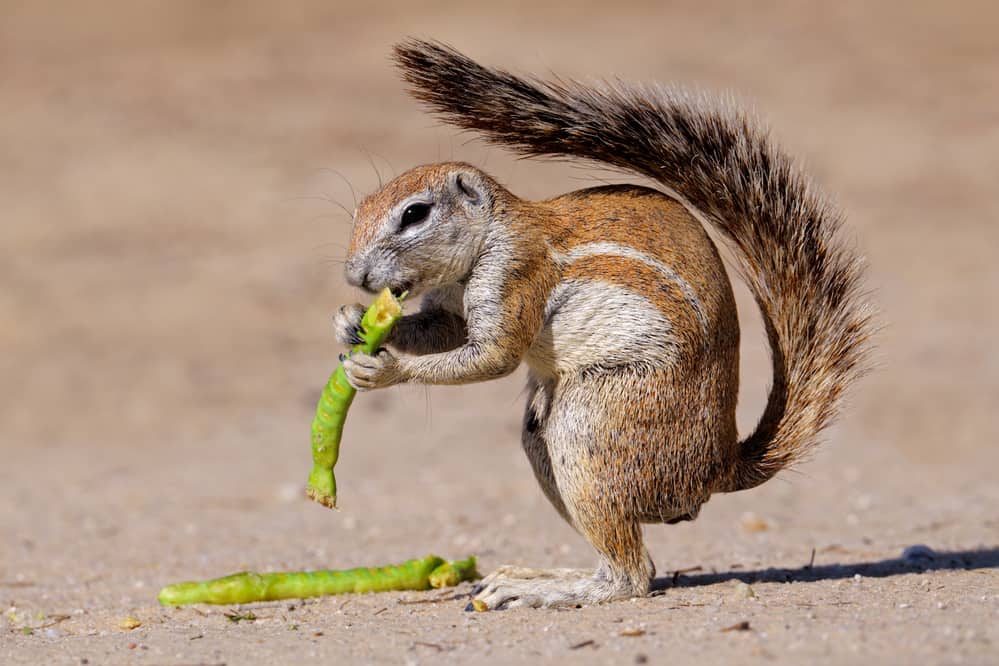
The unstriped ground squirrel can be found all over Africa in the open shrubland and bush savannah.
They communicate with other ground squirrels by using their posture, tail movement, and tail position.
Unstriped ground squirrels spend their days foraging for fruit, roots, leaves, seeds, and even some insects.
Half of this squirrel’s diet is made up of the dry seeds and leaves they find.
42. Ussuri Tube-Nosed Bat

Ussuri tube-nosed bats hail from Japan, Russia, and the Korean Peninsula.
Through most of the year, this bat lives in piles of dried leaves where there are plenty of insects for it to eat.
During the winter, the ussuri tube-nosed bat makes itself a small igloo to hide and hibernate in.
43. Umbrellabird

The umbrellabird has the best pompadour in the animal kingdom.
You can spot them in the rainforests of South and Central America.
There are three different species of umbrellabird, which include the long-wattled, Amazonian, and the bare-necked umbrellabird.
Due to all the homeland that the umbrellabird has lost, all three species are considered to be under the threat of extinction.
44. Unicorn Leatherjacket

The unicorn leatherjacket is a large, flat fish that can be found around the world, but prefers tropical ocean waters.
These saltwater fish can grow up to nearly 2.5 feet and is one of 2 species of leatherjackets.
Unicorn leatherjackets are gray with brown spots that become more predominant as the fish ages.
45. Uguisu
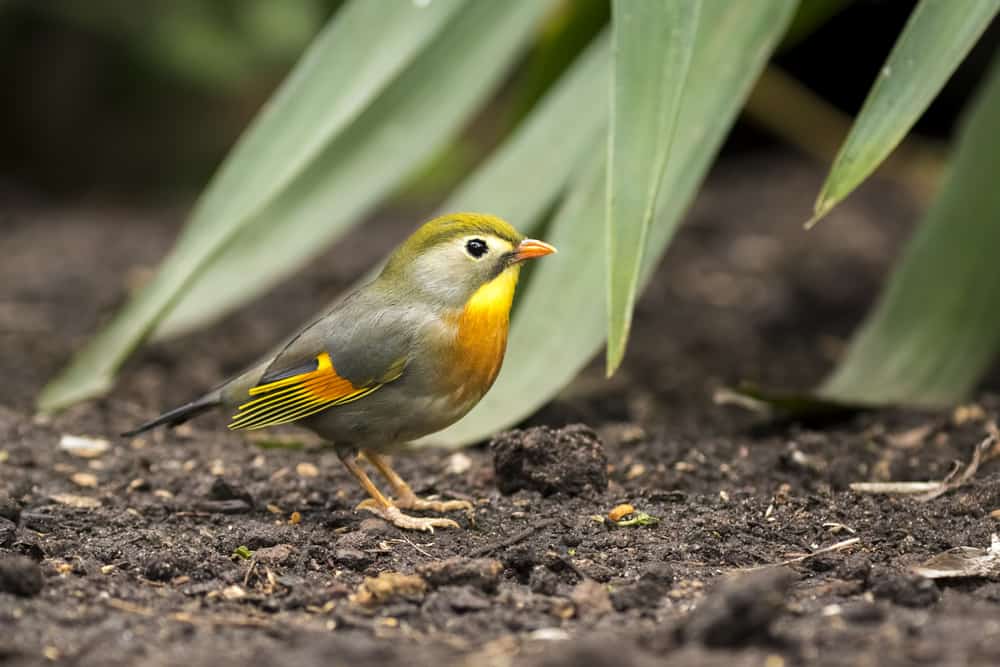
The Uguisu, also known as the Japanese bush warbler or the Japanese nightingale, is known to fill the air with music, especially during the spring.
These birds are so well known for having beautiful, relaxing voices that female announcers with pretty voices are called Uguisu-Jo.
Their droppings are used in skin-whitening products.
46. Uganda Woodland Warbler

Uganda woodland warblers are small, flighty birds that sing just as fast as they fly.
You know that it’s the Uganda woodland warbler when you hear its jumbled combination of fast-paced, high-pitched notes.
These birds can be spotted by their olive heads, pale throats, and yellow wings.
They can be found in Uganda and Equatorial Guinea.
47. Ultramarine Grosbeak

The ultramarine grosbeak comes in three different colorations, including blue, black, and brown.
Only males are going to be blue or black, and all females are brown.
They can be found in South America, with the largest populations in Colombia and Venezuela.
They can be found foraging in the thickets near water.
48. Uliodon

Uliodon is a genus of spiders that is best known for the vagrant spider.
These spiders can be found in New Zealand and can most commonly be found indoors during the month of March.
Otherwise, these spiders prefer to live in forests, under logs, and hunting for insects that burrow in the ground.
Their strong legs make them excellent at digging.
49. Ultramarine Lorikeet

The ultramarine lorikeet is a small parrot that is many different shades of blue.
They’re about seven inches in length and only weigh 1.2 ounces.
Their beaks and feet are a bright shade of orange.
Sadly, there are fewer than 2,000 ultramarine lorikeets left in the wild.
They can only be found in Ua Huka, French Polynesia.
50. Unicolored Jay
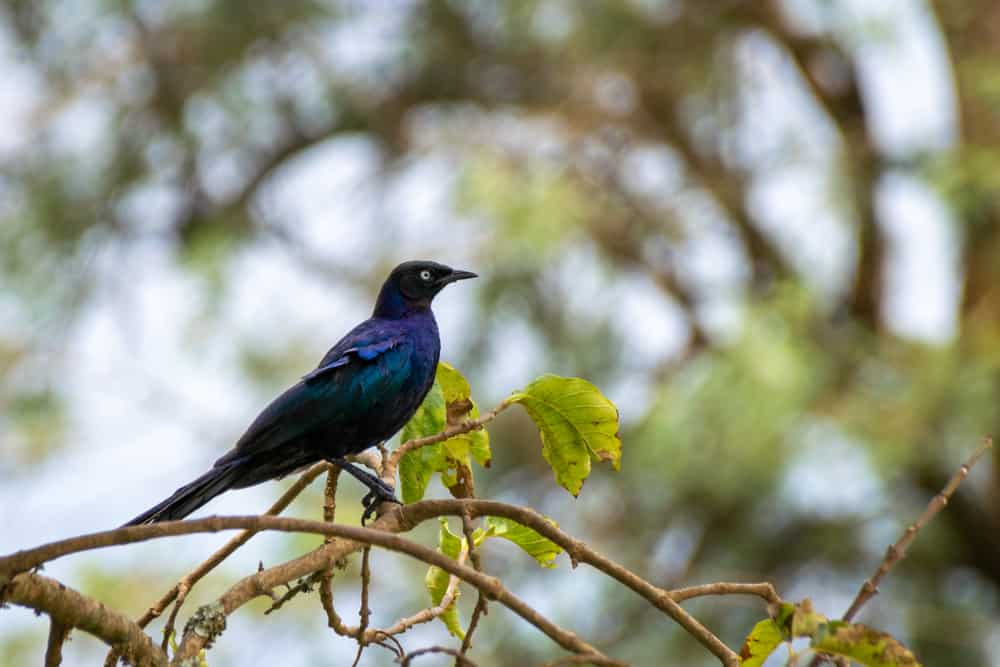
The unicolored jay is completely blue and can be found in the highland evergreen and pine-evergreen forests.
They’re incredibly social birds that will create flocks of multiple species of birds, which can include other jays, orioles, and woodcreepers.
Due to the simple pattern, they are often mistaken for the other jays found around Central America.
51. Upland Goose

The upland goose is a species of geese that can be found in South America where they can be seen roaming the open grasslands.
Males are white with a gray gradient that starts at the bottom of their bodies.
While females share this gray pattern, they are brown with white-tipped wings.
52. Upland Sandpiper

The upland sandpiper is between the size of a robin and a crow, with a head that seems too small for its body and beak too long for its head.
During their breeding season, males fly in a circular pattern around their breeding territory and sing a song until they are joined by a female.
53. Usambara Akalat

The usambara akalat is named after its homeland in the West Usambara mountains.
These small, round birds are often thought of as a cross between a robin and a flycatcher.
Although adults are a musky olive color, their young have yellow specks on their chests to mimic the branches around them.
54. Unlined Giant Chafer Beetle
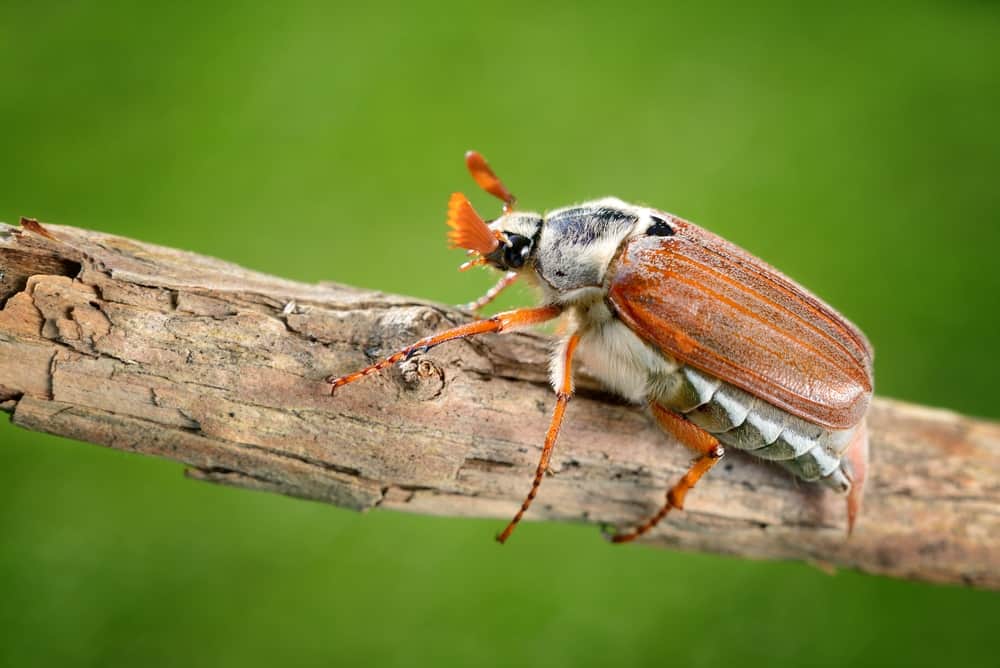
The unlined giant chafer beetle is found all over North America, but it is more commonly known as a June bug.
The female will lay her eggs in the dirt and bury them to keep them safe.
After two weeks, 20 to 40 hatchlings will crawl out of the ground.
55. Urbacodon

The urbacodon is carnivore that lived during the Cretaceous period and can be found all over the world.
Their name means “URBAC tooth”, which stands for Uzbek, Russian, British, American, and Canadian.
These international dinosaurs share the same lower jaw and similar teeth.
56. Unescoceratops

The unescoceratops was left unnamed until more evidence of their existence could be found.
They weren’t named until 2012 when they were named after the United Nations Educational, Scientific, Cultural Organization.
They have the roundest teeth of any of the dinosaurs, meaning they were most likely herbivores.
57. Uromastyx
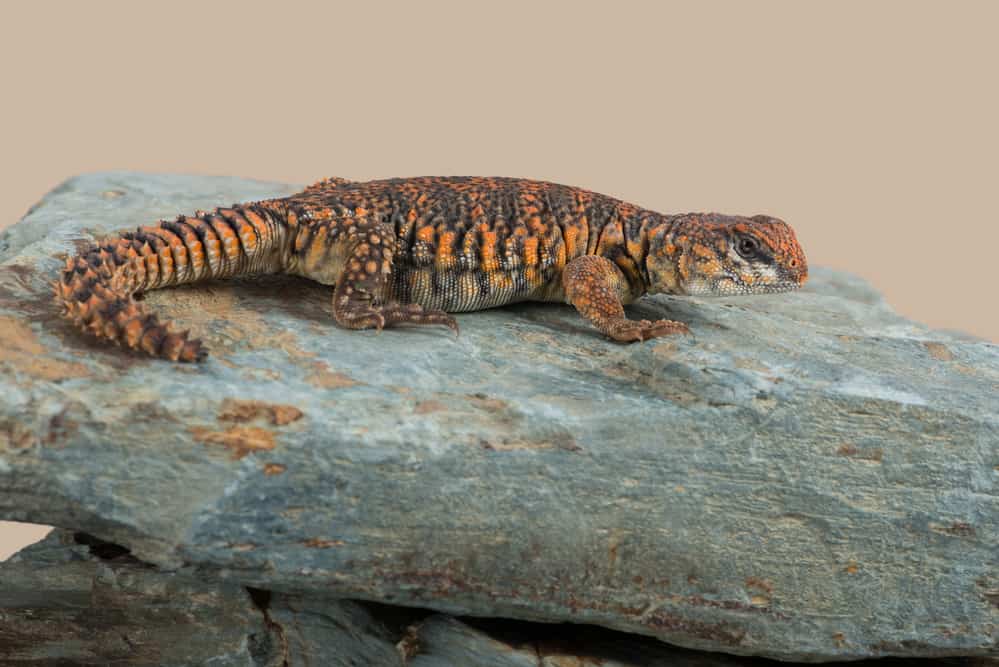
The uromastyx is a genus of reptiles that is made up of 18 different species.
Each of the lizards in the genus have spiny tails with 10 to 30 rings of spikes on their tails.
Most species live for about 15 years, but some have been known to live up to 30 years.
58. Ursus Americanus

Ursus Americanus is the scientific name for the American black bear.
These bears can be found everywhere from Alaska to Newfoundland.
Females are capable of weighing 520 pounds and males can weigh over 900 pounds.
Black bears are able to live up to 30 years, but normally only last 10 years because 90% of black bears are killed by gunshots.
59. U-mark Sandperch
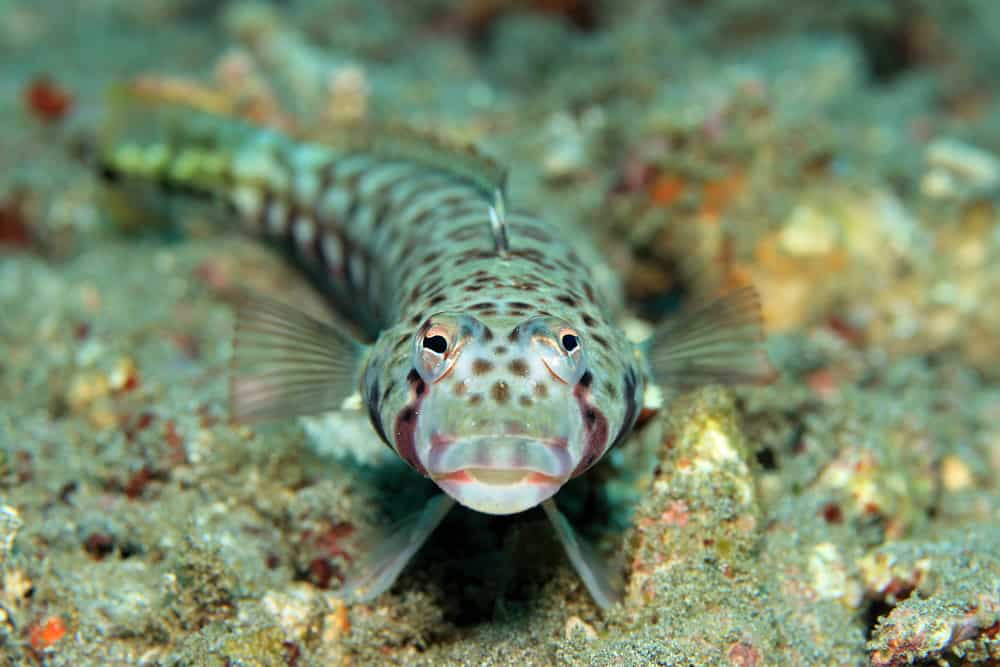
The U-mark sandperch likes to live in sandy areas or places with plenty of rubble.
These ray-finned sand-dwellers are found in subtropical waters near reefs.
They live in the Western Pacific, from southern Japan to Queensland, Australia.
60. Umbee Cichlid

Umbee cichlids are large, South African fish that are also known as the blue freckled monster.
While the average size of this fish is 18 inches, they are able to grow up to two feet in length.
When they’re young, they’re dull and become blue as they age.
61. Unarmed Dwarf Monocle Bream
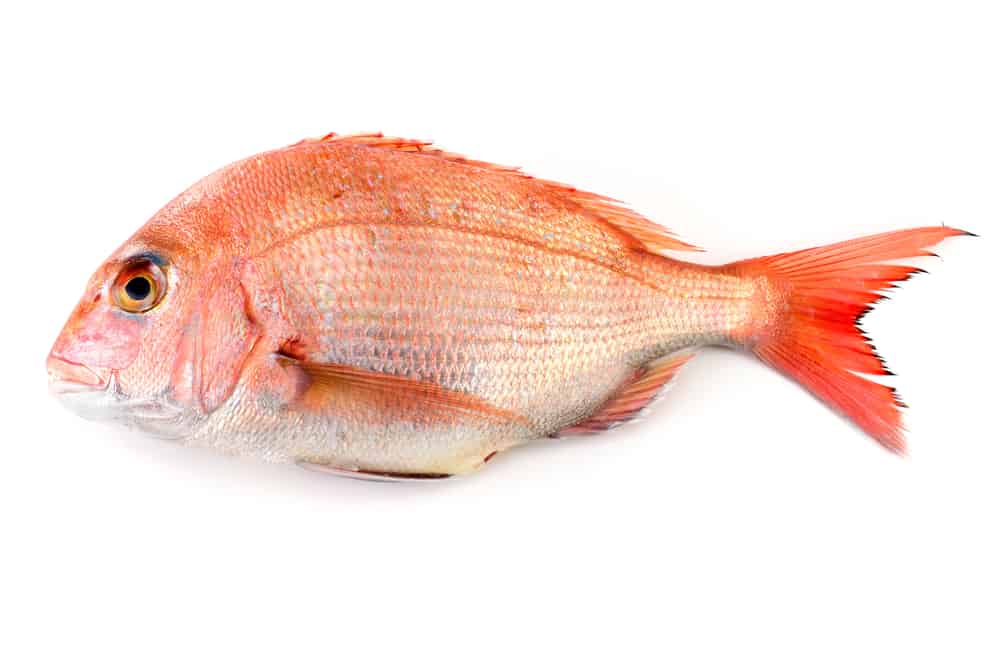
The unarmed dwarf monocle bream are known by many different names, such as coral bream and banded monocle bream.
They are found in groups called schools near muddy and sandy ocean floors.
Unarmed dwarf monocle bream eat any insects that they can find in the water.
62. Uda Sheep
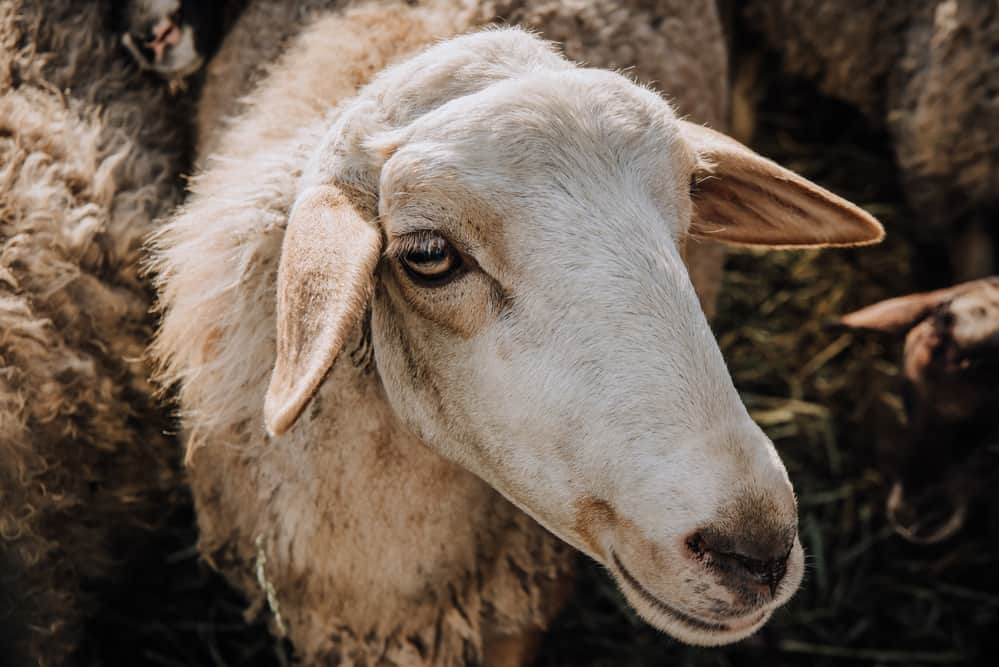
Uda sheep are best known for their unique markings that make them look like they’re wearing white pants and a brown shirt.
These sheep are domesticated in Africa and raised for their meat.
Unlike many other breeds of goats, their short, stiff fur is more like hair than fur.
63. Upland Horseshoe Bat
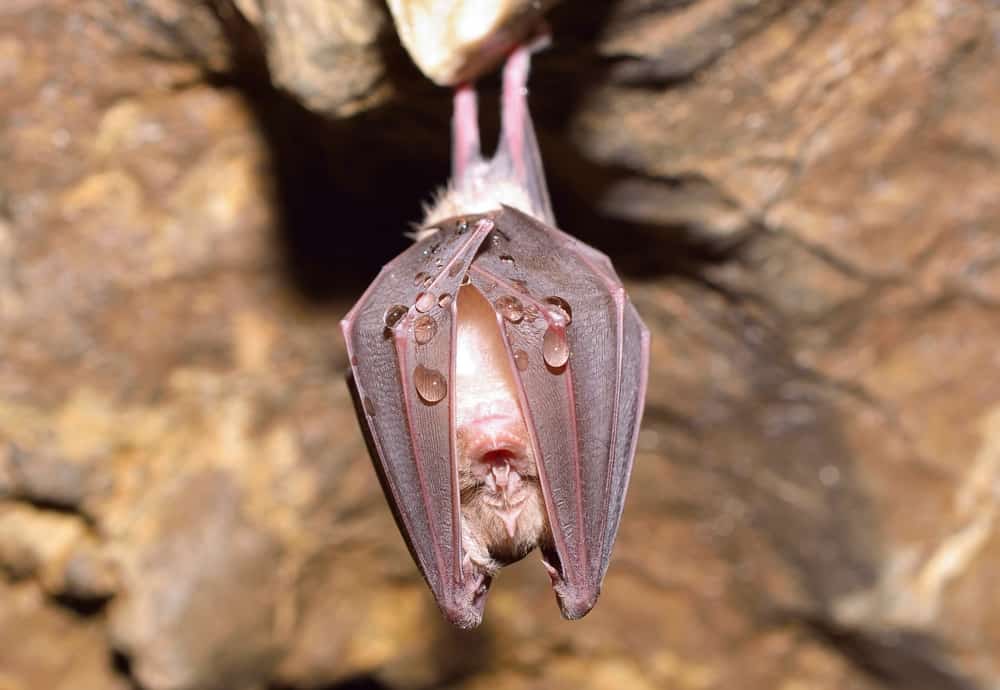
The upland horseshoe bat, or the Hill’s horseshoe bat, is critically endangered and hasn’t been seen since 1981.
Conservation efforts for the bats have started in the Nyungwe National Park, but they lack the proper information to check on the population levels.
64. Undistinguished Sabretooth

The undistinguished sabretooth is a fish named after the large fangs that hang out of their mouths.
As they age, they go deeper into the ocean and begin snacking on larger fish.
These fish are found in the Indian, Pacific, and Atlantic Oceans in a variety of water depths, from 164 feet to 3,280 feet below the surface.
65. Ukrainian Levkoy
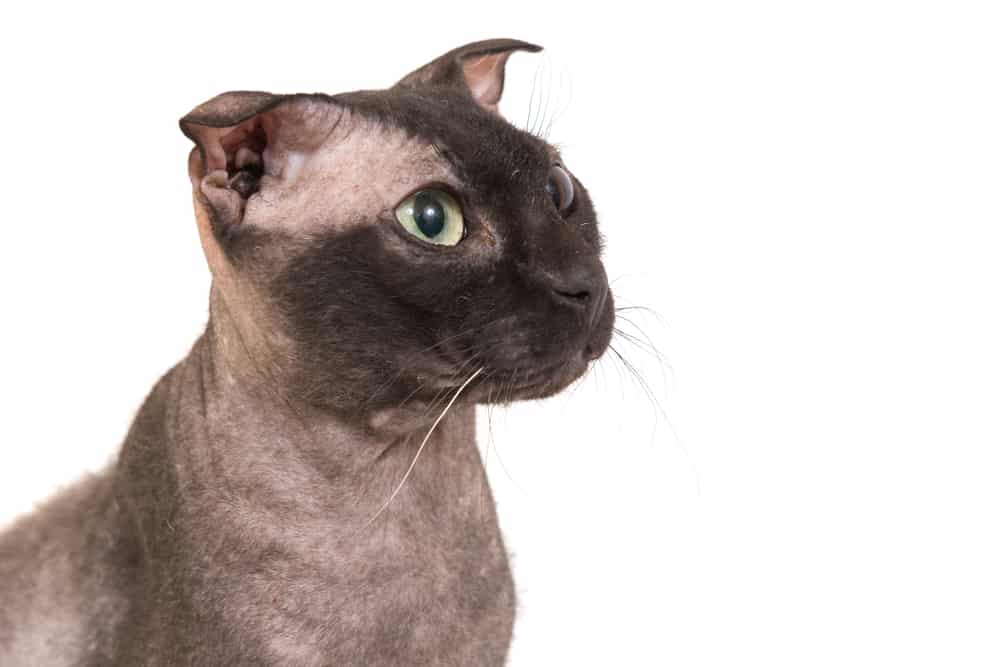
The Ukrainian Levkoy are hairless cats with ears that curl inwards.
Due to the softness and elasticity of their skin, they appear to have wrinkles, even at a young age.
This breed was started by breeding a Donskoy and a Scottish fold.
They are incredibly social cats that have a strong preference for playful children and always want to be a part of the action.
66. Ussuri Cat

Ussuri cats are a rare breed of cat that comes from Russia and act vastly more like wild animals than most other domesticated cats.
They weigh 11 to 15 pounds and nine to 11 inches tall.
Those who are looking to adopt an Ussuri cat should expect to pay anywhere from $800 to $1,500.
67. Undulated Moray Eels
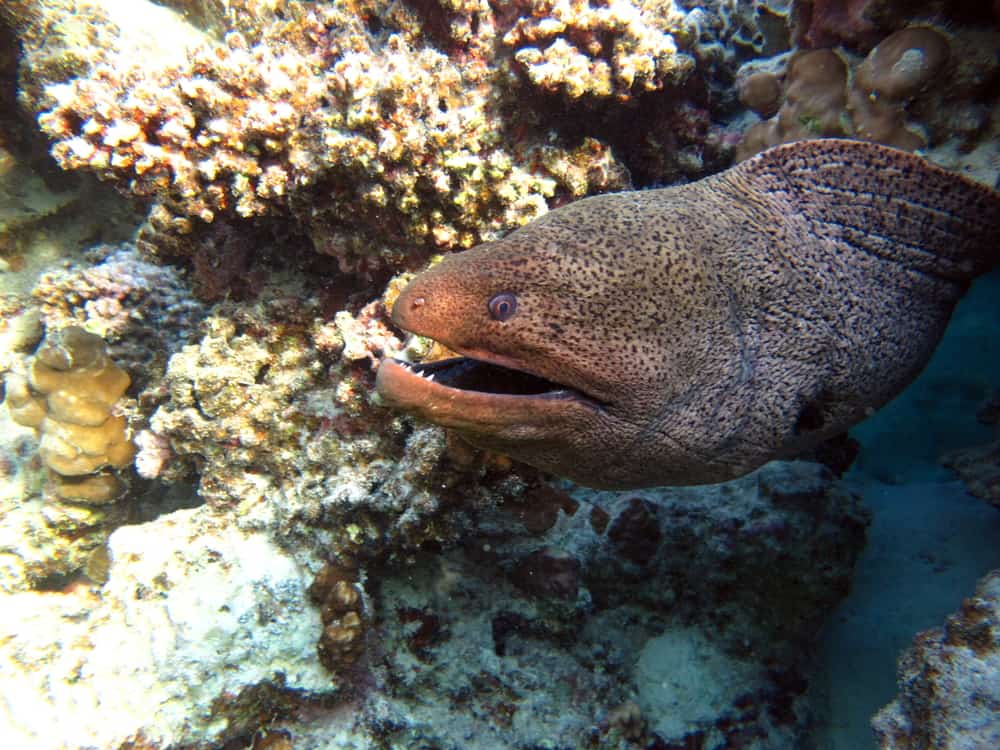
Undulated moray eels can be found in underwater crevices and holes, inside lagoons and seaward reefs.
These nocturnal hunters will only leave their dens to hunt fish, octopus, and crustaceans.
People who dive in their territory may be shocked by how bold the eel is with humans, willing to attack divers if they get too close.
68. Unicorn Crestfish

The Unicorn Crestfish looks like a miniature version of the oarfish, sharing the same body shape and extreme coloration.
These herbivorous fish love to eat algae and whatever other plants they can find in the water.
Unicorn crestfish are able to save themselves from predators by releasing black fluid from their anus, similar to a squid.
69. Union Snook
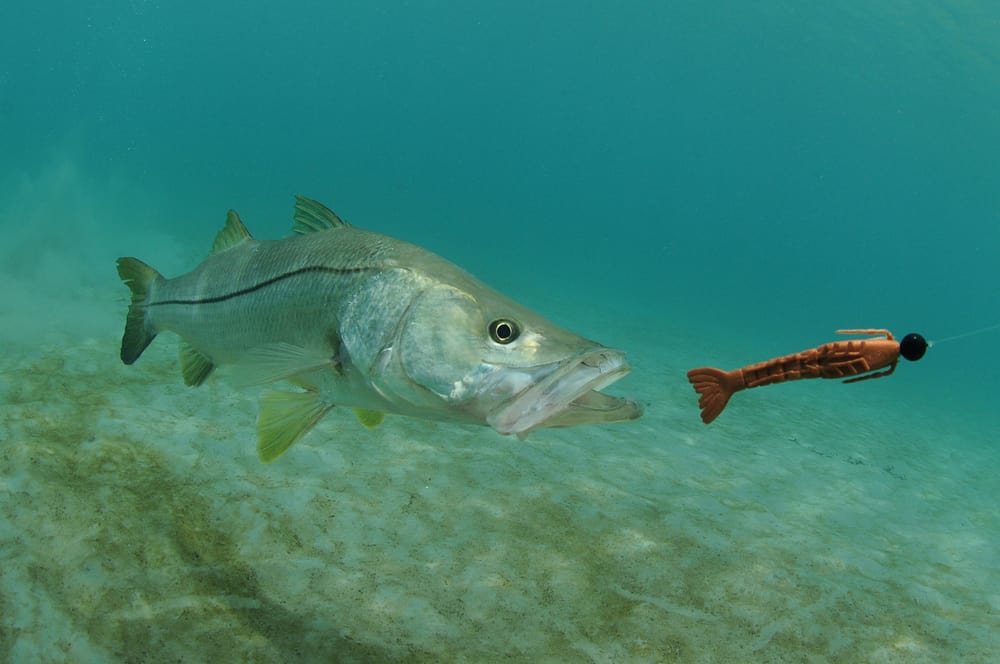
The union snook is a fish that can be found in the tropical waters around Central America.
Its long body has a single, black stripe going along the side.
They prefer to be near the surface of the water and are never spotted deeper than 82 feet.
70. Ursus Maritimus
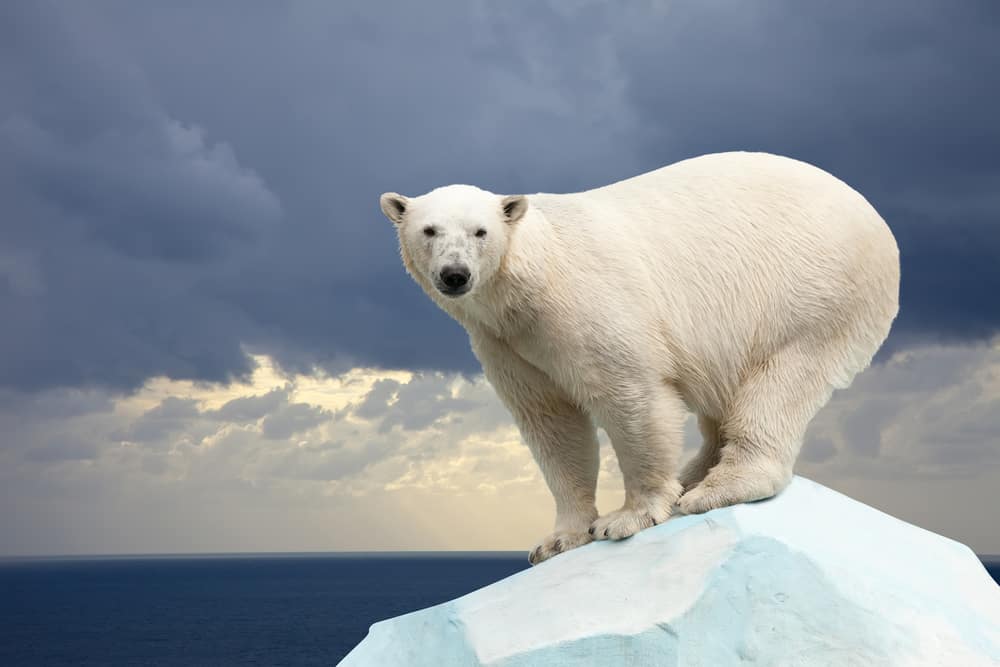
Ursus maritimus are named after all the time they spend in the water and are more commonly known as polar bears.
Unlike many other mammals, polar bears are considered marine animals.
While polar bears may have white fur that helps them blend in with the snow, they actually have black skin underneath.
Although they spent all of their days hunting, less than 2% of their hunts are actually successful.
71. Ultimate Mastiff

Ultimate mastiffs are a newer hybrid breed that is a cross between a Neapolitian mastiff and a Dogue de Bordeaux.
These dogs stand anywhere between 23 and 30 inches.
They can live for 12 years and are considered to be incredibly affectionate, loyal, social dogs.
Ultimate mastiffs make excellent dogs for families with older active kids and are fierce protectors.
72. Ural Rex

Ural rexes are a breed of a cat that has some of the most unique fur, which is called double curly.
Their fur looks like it has been crimped, but that’s just how it goes naturally.
This new breed was recognized by the World Cat Federation in 2006 and comes from Russia.
73. Utahraptor
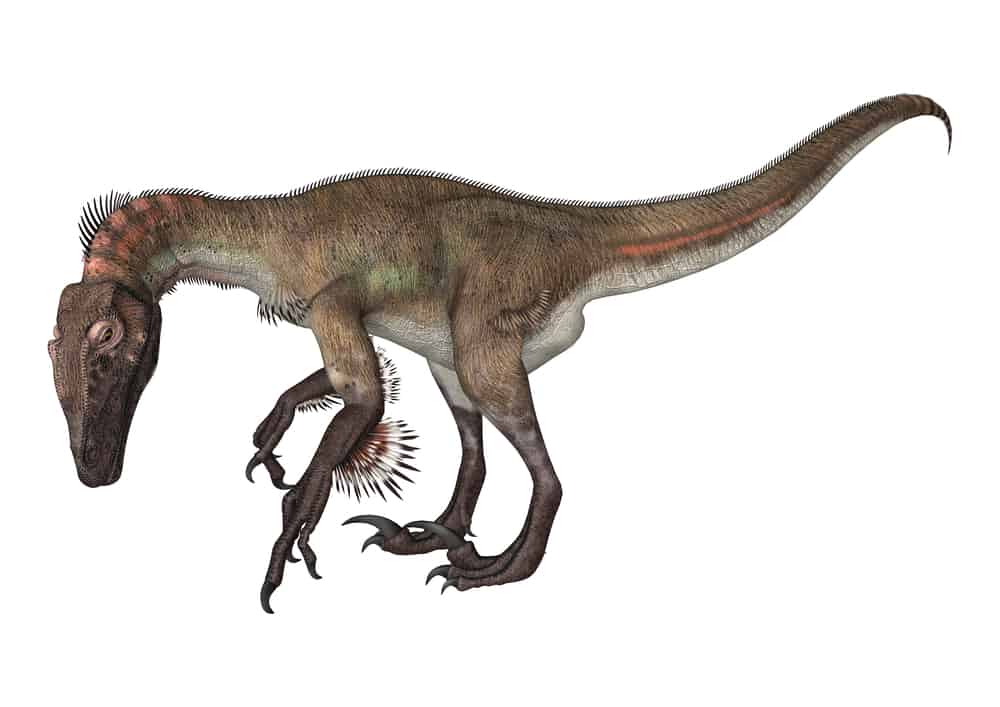
This raptor is named after the state it was originally found in.
Utahraptors have been found in the Dalton Wells Quarry and Gaston Quarry in Grand County, Utah.
They lived during the Early Cretaceous period and were fierce hunters with 9.5 inch claws.
74. Usambara Eagle Owl

The Usambara eagle owl is rare even in its homeland of Tanzania.
They’ve been spotted in the forests and edge of plantations, hunting, watching for their prey to expose themselves.
Although they look similar to spotted eagle owls, Usambara eagle owls have much richer colors.
75. Uvea Parakeet

Uvea parakeets are found on Ouvea Island of the Loyalty Islands in New Caledonia.
They can be found in the rainforests.
They are too shy to go near any of the plantations on the island.
Due to the expanding farmlands, these birds have lost 30% to 50% of their homes.
NEXT:
Is Saturday A Business Day? (Explained)

